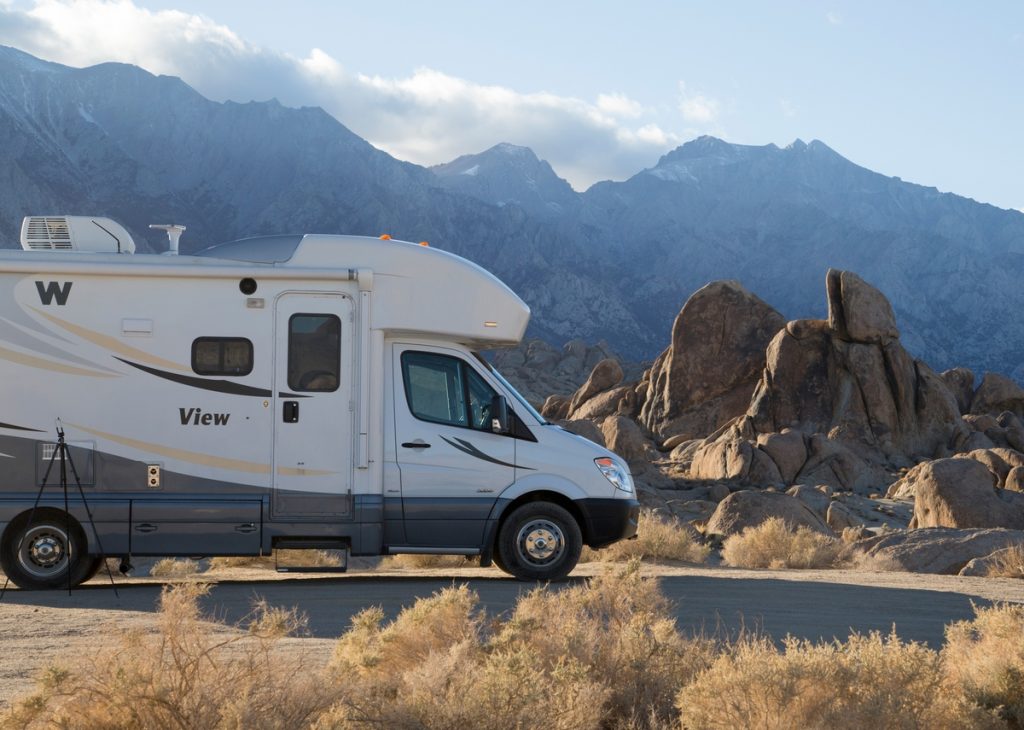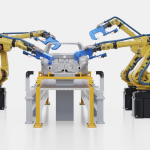While many companies respond to tariff shocks with pricing or regional shifts, Winnebago is tackling the problem where it starts. Instead of moving production or executing blanket price increases, the RV and marine manufacturer is tracing which components carry risk, redesigning sourcing flows, and minimizing cost exposure before it hits finished goods. By starting at the bill of materials and working forward, Winnebago is offering a tactical model for mid-sized manufacturers facing policy-driven cost volatility.
From Country-of-Origin to Line-Item Exposure
Many companies handle tariff increases by adjusting prices or building conservative estimates into their budgets. Winnebago Industries is doing something more exact. Rather than relying on broad financial models, it’s tracing how specific parts used in its products, such as metal frames, electronic systems, and finished components, are exposed to new tariffs.
The effort starts with detailed analysis of product designs and part lists. The company is reviewing where each item comes from and which ones are likely to see cost increases due to shifting trade policies. Although only a small share of parts come from overseas by volume, the most expensive and complex components often carry the most risk.
From there, the company is working to reduce exposure. That includes switching to suppliers in lower-tariff regions, reviewing whether parts can be redesigned, and tightening planning between sourcing and product teams. The goal is to fix issues before they show up in pricing.
While some modest price adjustments may still be necessary, Winnebago is trying to avoid using pricing as a first resort. Instead, its supply chain team is leading the effort to neutralize cost increases wherever possible, before those increases reach the customer or the bottom line.
Sourcing Is No Longer a Back-End Function
What stands out is how early procurement is now involved. In many businesses, supplier selection and cost mitigation happen after product development is already done. Winnebago is bringing sourcing into the conversation much sooner, before products go to market, and while there’s still time to make changes.
This tighter coordination is already showing results. Price planning for next year’s product lines now reflects tariff-aware sourcing choices. In areas where alternatives exist, the company has adjusted suppliers or materials. Where substitution isn’t possible, it has clearly quantified the remaining exposure.
This allows for a much more targeted approach to pricing. Instead of raising prices across the board, Winnebago can focus only on the products that are truly affected, minimizing customer impact while protecting margin. More importantly, it signals a shift in how supply chains contribute to resilience. This isn’t about reacting to external shocks after the fact. It’s about building a supply chain that can anticipate them, respond faster, and shape decisions upstream.
Why Prevention Is Getting Harder to Defend
Winnebago’s strategy highlights a broader shift in how cost exposure is being managed, not after disruption hits, but upstream, while decisions are still flexible. Yet this kind of preventive effort, mapping sourcing risk at the part level, integrating procurement into early design phases, and reworking supplier allocations preemptively, often lacks a clear P&L signal in the short term. That makes it harder to defend internally, especially in companies under pressure to show immediate margin recovery.
For industry leaders, the operational value is clear. But the strategic challenge may lie elsewhere: how to frame invisible cost avoidance as a tangible business case. As policy-driven volatility becomes more frequent but less predictable, the risk is that mitigation work begins only when the cost is already in motion. In that environment, prevention becomes not just a technical exercise, but a leadership one.





